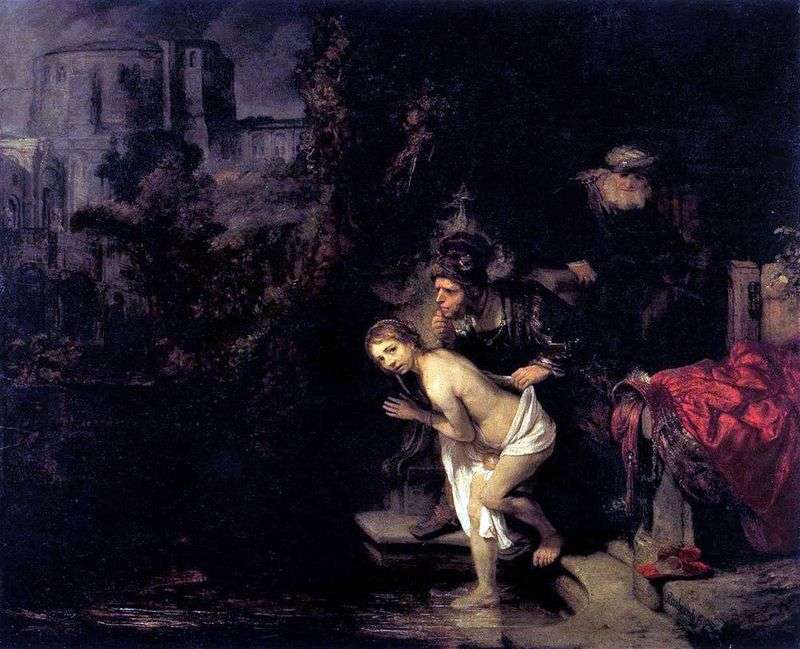
Painting of the Dutch artist Rembrandt van Rijn “Susanna and the Elders”. The size of the picture is 77 x 93 cm, wood, oil. The model for writing the ancient Old Testament heroine Susanna served, apparently, a young maid of Rembrandt, Hendrikier Stoffels, who was admitted to the house of the artist between 1645 and 1647. Actually, we know little about the inner world of Rembrandt, his personality, thoughts and aspirations.
Currently, only seven handwritten letters of Rembrandt are known, mainly of a financial and business nature, several sentences written randomly in the drawings, several sentences sent by his contemporaries, few anecdotal messages, rather the outline of certain late character traits told by his former students.
According to the notes of contemporaries and the stories of the pupils of the artist: Rembrandt, allegedly “at the end of his life” “did not know how to keep track of his social position and constantly communicated with low people”; when Rembrandt was working, “he would not agree to accept even the most powerful sovereign”; either “money hungry” or “wasteful reveler”; Rembrandt as a Christian “accepted the faith of the Mennonites”; but, above all, many emphasize that Rembrandt “was the original to the highest degree and despised all.”
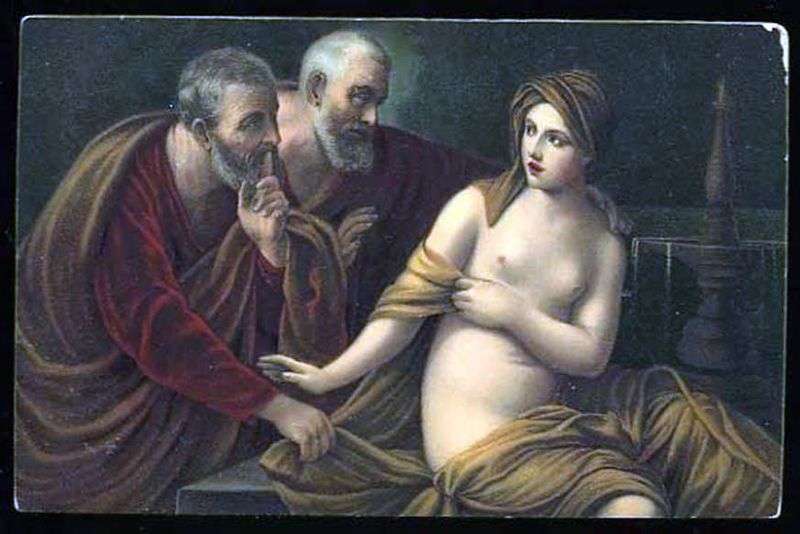 The Parable of Susanna and the Elders by Guido Reni
The Parable of Susanna and the Elders by Guido Reni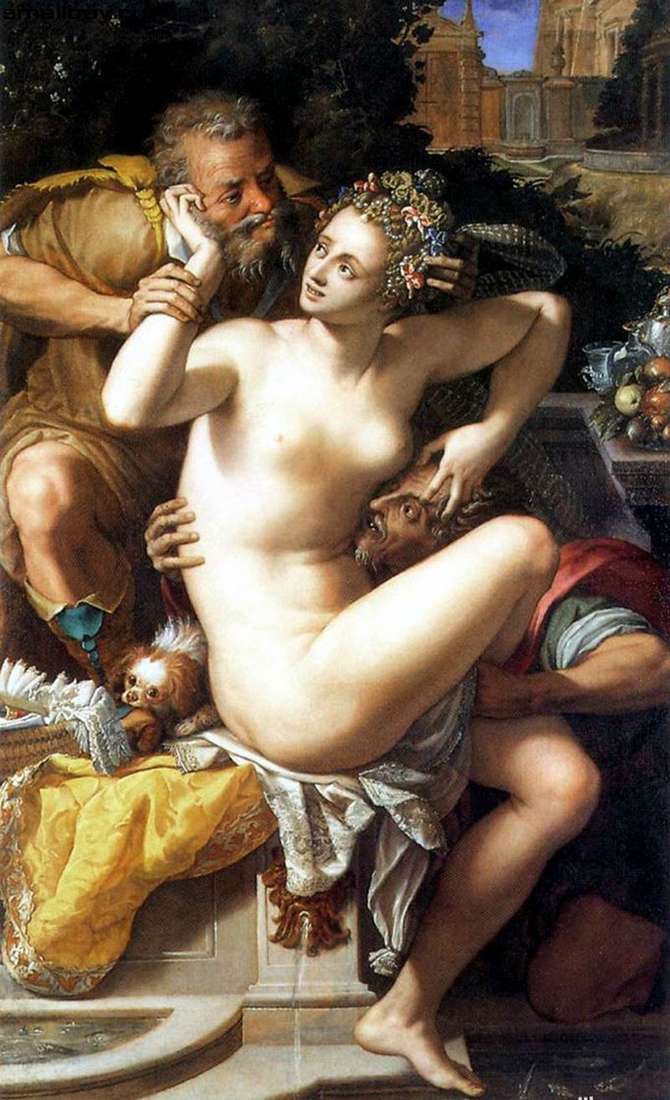 Susanna and the Elders by Alessandro Allori
Susanna and the Elders by Alessandro Allori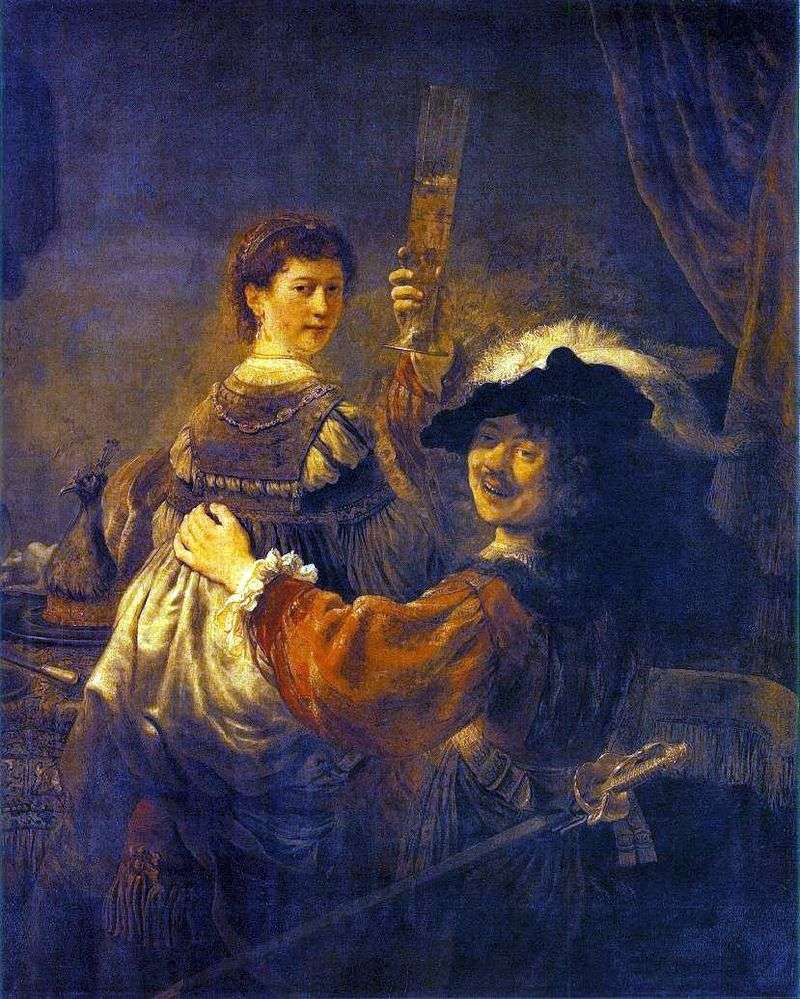 Fun Society (Self-Portrait with Saskia on Your Lap) by Rembrandt Harmens Van Rhine
Fun Society (Self-Portrait with Saskia on Your Lap) by Rembrandt Harmens Van Rhine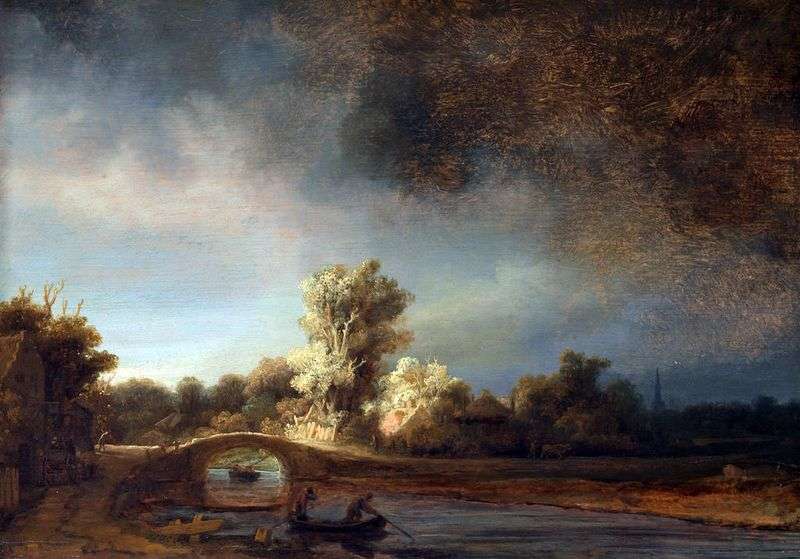 Stone Bridge by Rembrandt Harmens Van Rhine
Stone Bridge by Rembrandt Harmens Van Rhine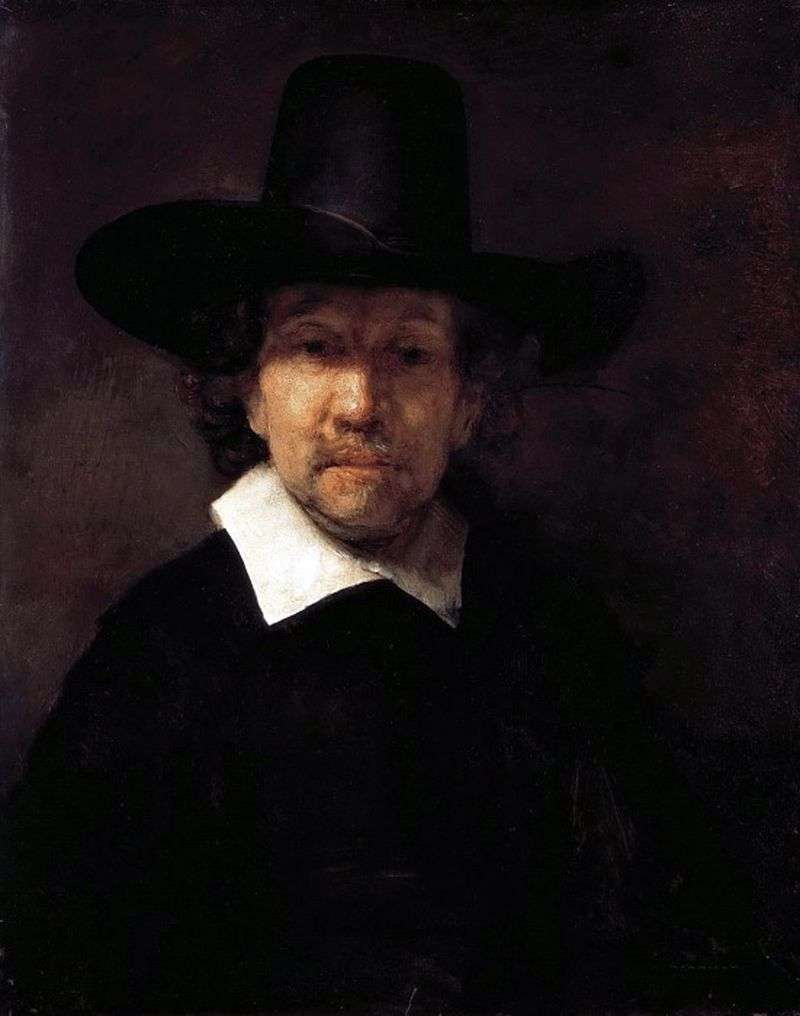 Portrait of Jeremiah Dekker by Rembrandt Harmens Van Rhine
Portrait of Jeremiah Dekker by Rembrandt Harmens Van Rhine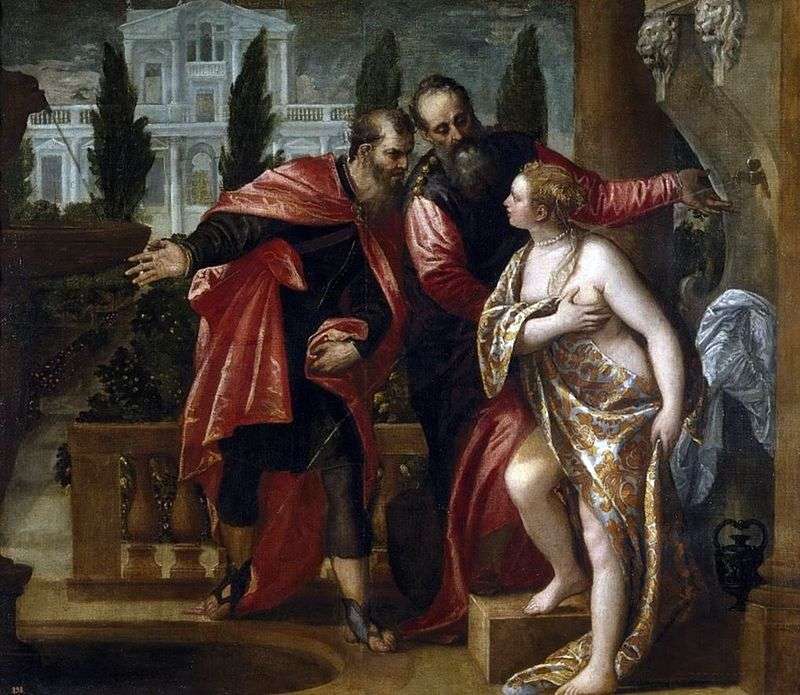 Susanna and the Elders by Paolo Veronese
Susanna and the Elders by Paolo Veronese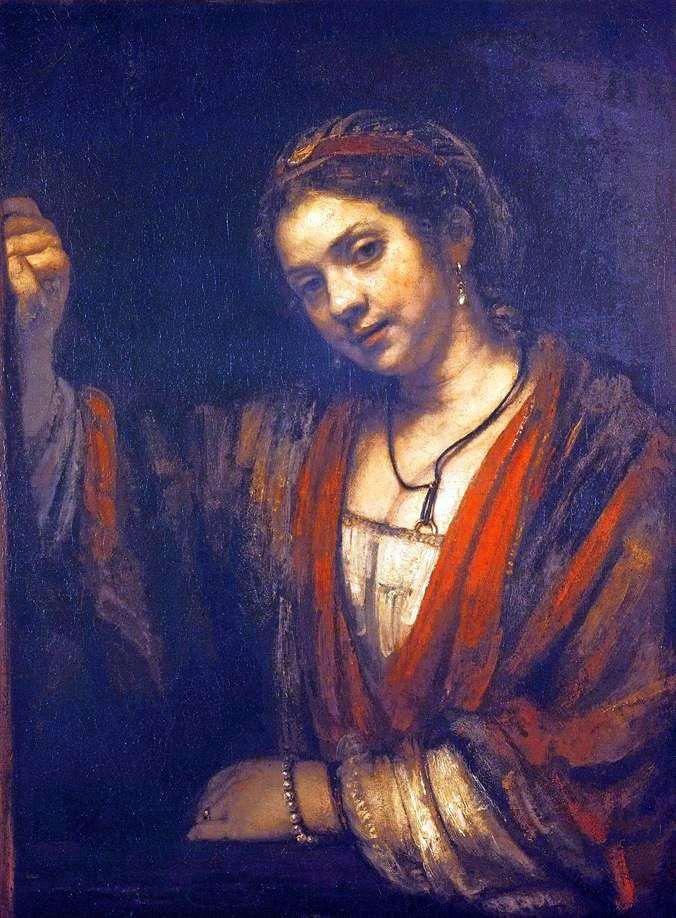 Hendrickje by the window by Rembrandt Harmens Van Rhine
Hendrickje by the window by Rembrandt Harmens Van Rhine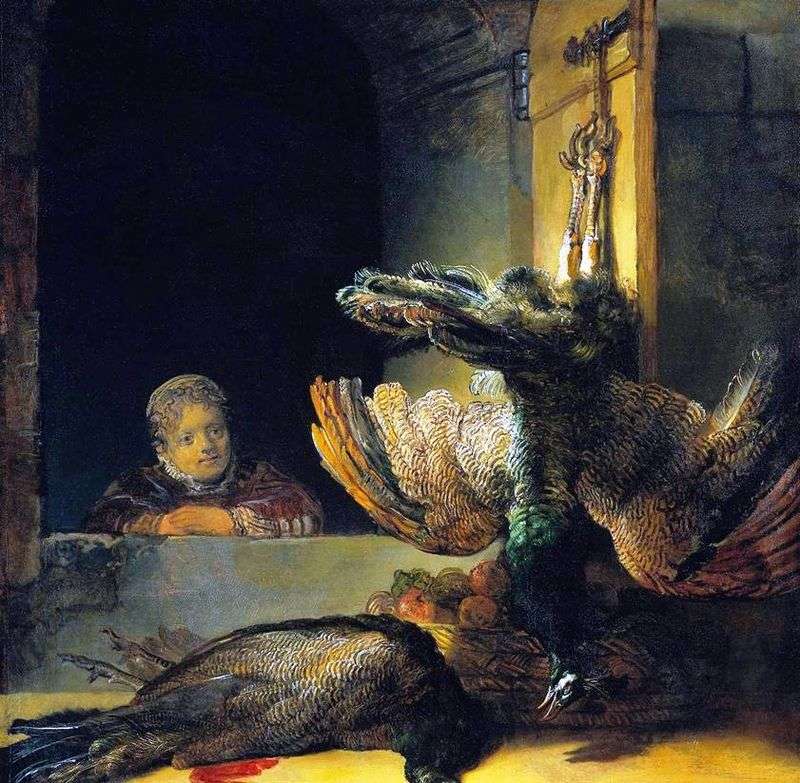 Still Life with Peacock by Rembrandt Harmens Van Rhine
Still Life with Peacock by Rembrandt Harmens Van Rhine